Bloody B188 8 Light Strike Keyboard Review
Why you can trust Tom's Hardware
Teardown
We found that tearing down the bloody B188 was remarkably easy compared to many other keyboards (such as those from Corsair, Logitech, and Zalman). You simply remove the fourteen screws at the back as well as the extra one under the model sticker (which detaches and reattaches with no damage, smudging or loss of stickiness), and you’re in.
Inside, there’s a simple two-part case construction and several layers of membranes, topped by discrete rubber domes. There are two small PCBs; one is for the controllers and lock lights, and the other is for the LK Optic switches and is screwed into a hole in the membranes. As there is barely any solderwork present on the keyboard, it’s hard to comment on its quality, but we noticed no obvious imperfections.
The B188 is marketed as being water resistant due to being “double secured” - the membranes are sealed and there are water drainage holes - but the case is not sealed, and the controller and the PCB that mounts the optic switches do seem to be completely unprotected, so it’s unclear as to how these could survive in an aqueous medium. There are also no drainage channels that guide the water towards the holes, which in fact are raised out of the bottom case, so it appears most unlikely these will effectively clear out water.
The water-resistant feature should therefore be regarded with some suspicion. It should be noted that theoretically, optical switches should be more water-resistant than contact-based switches, although Bloody did not mentioned anything along those lines in the product description.
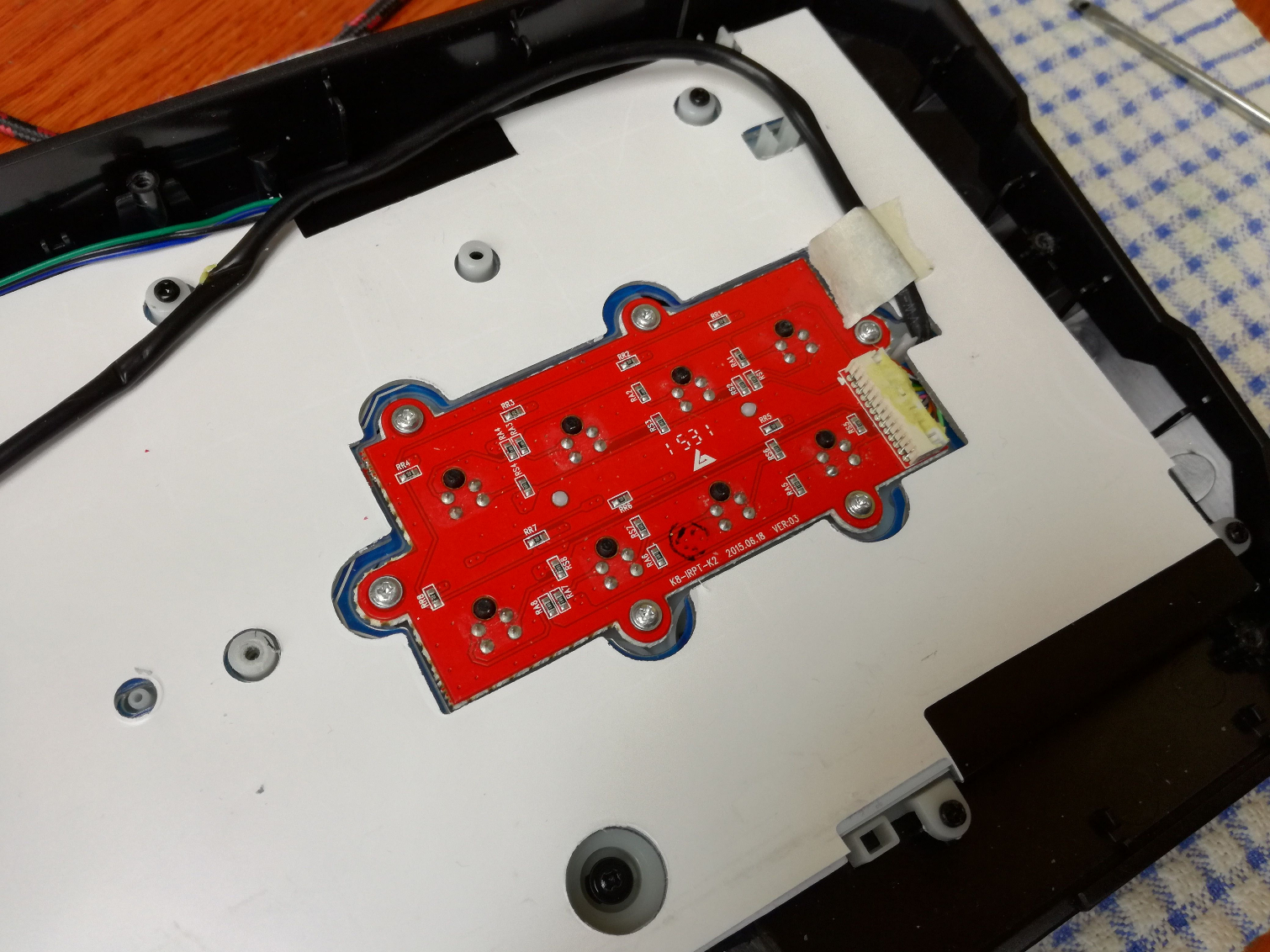
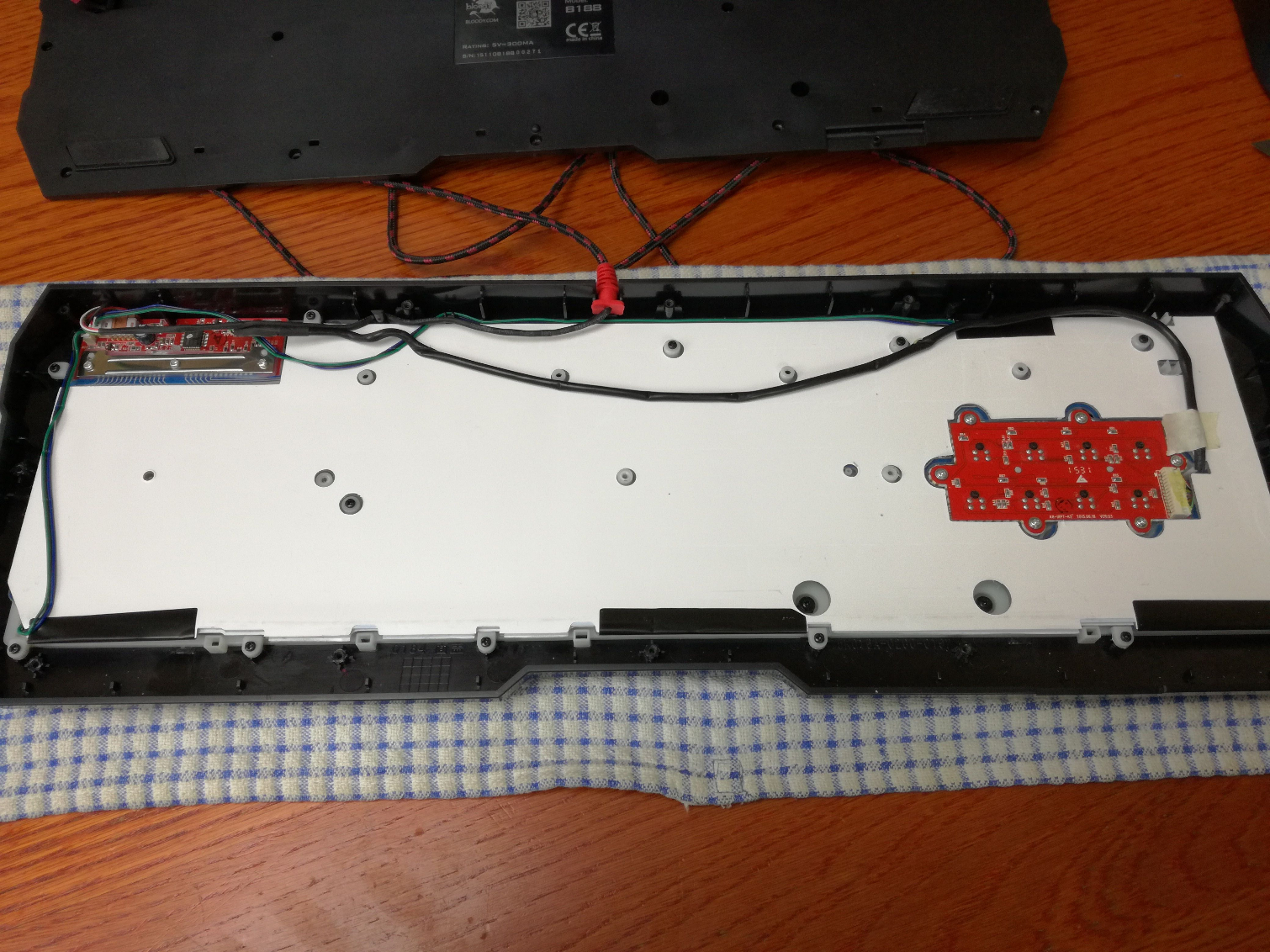
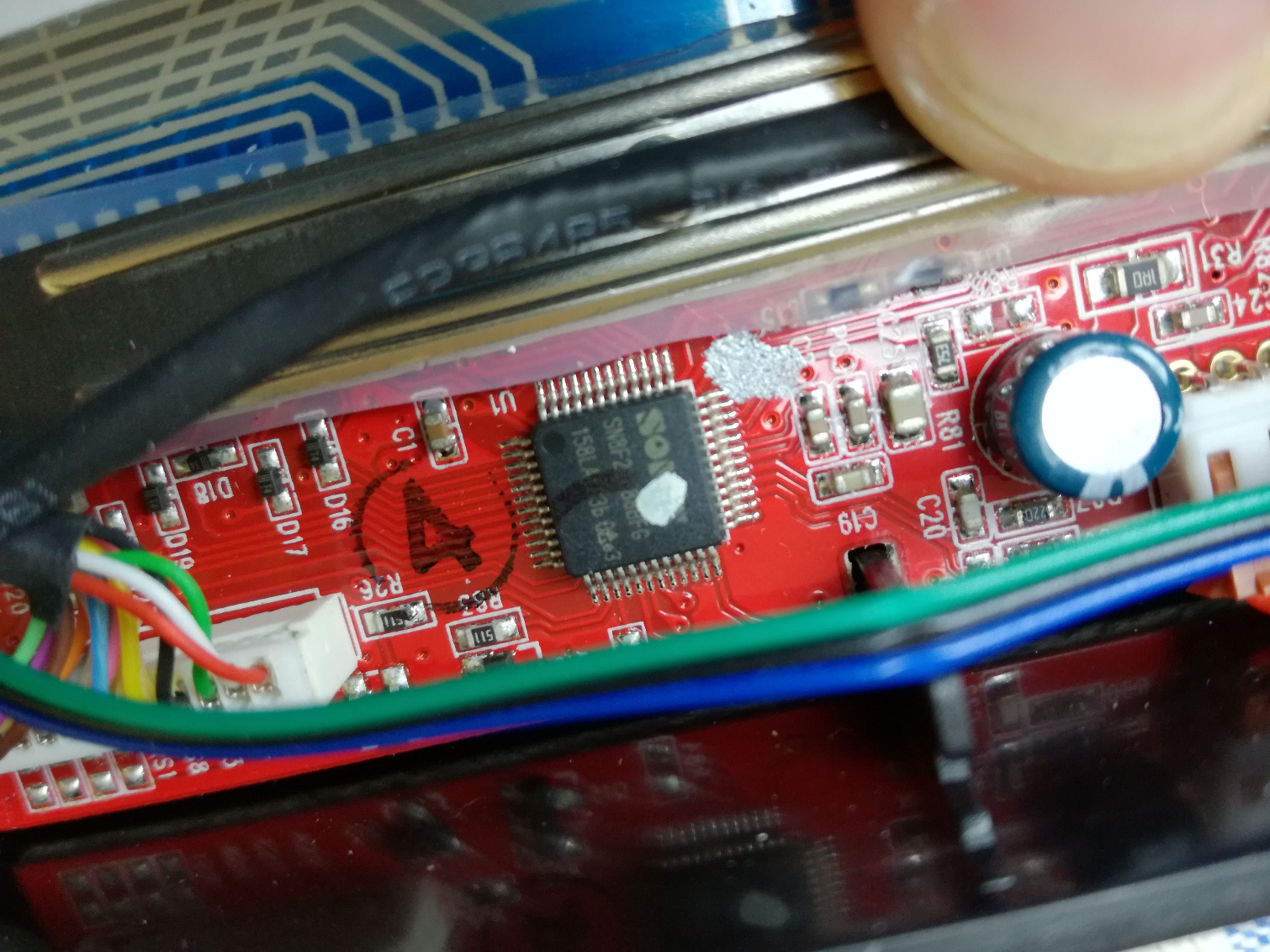
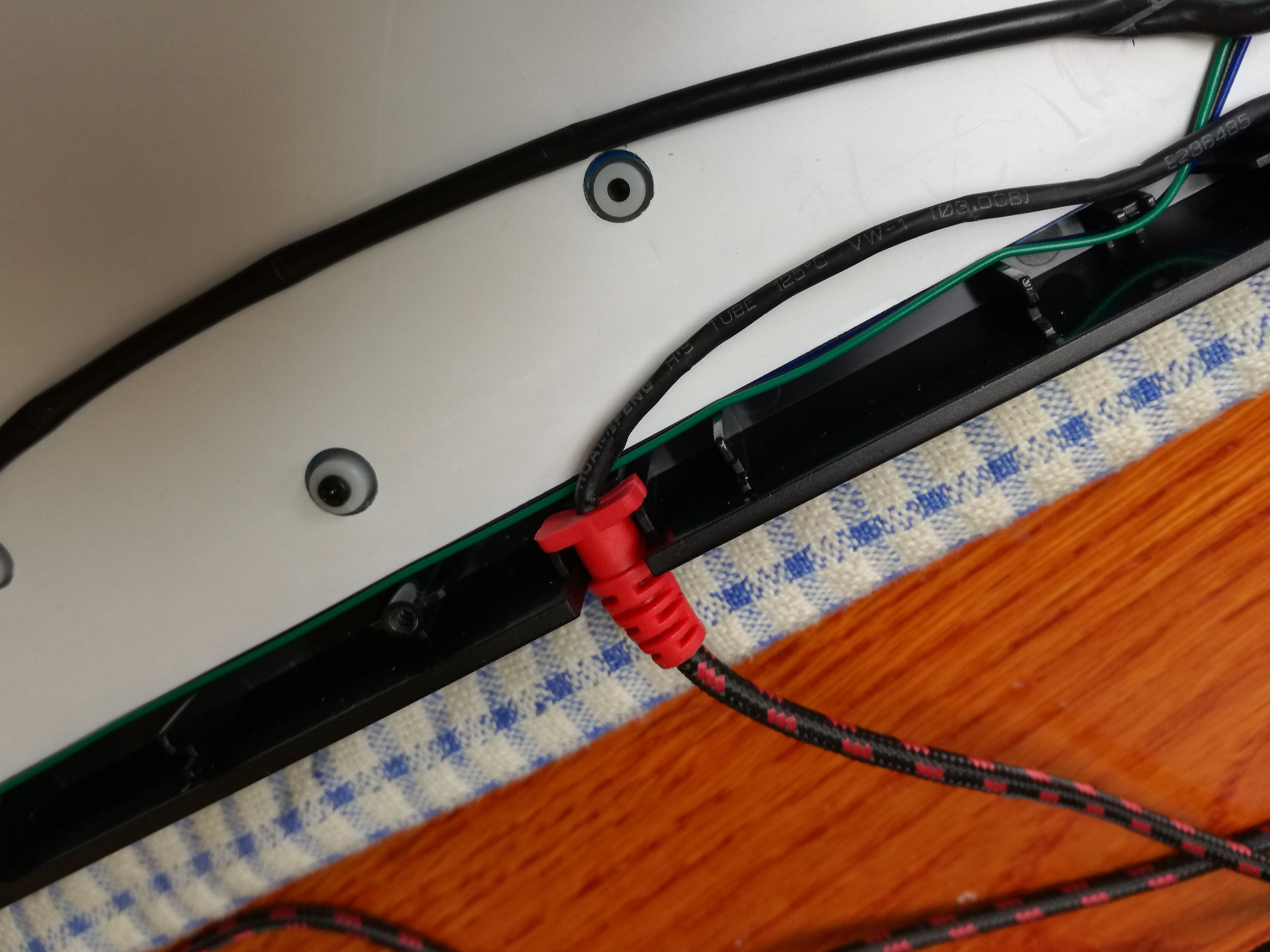
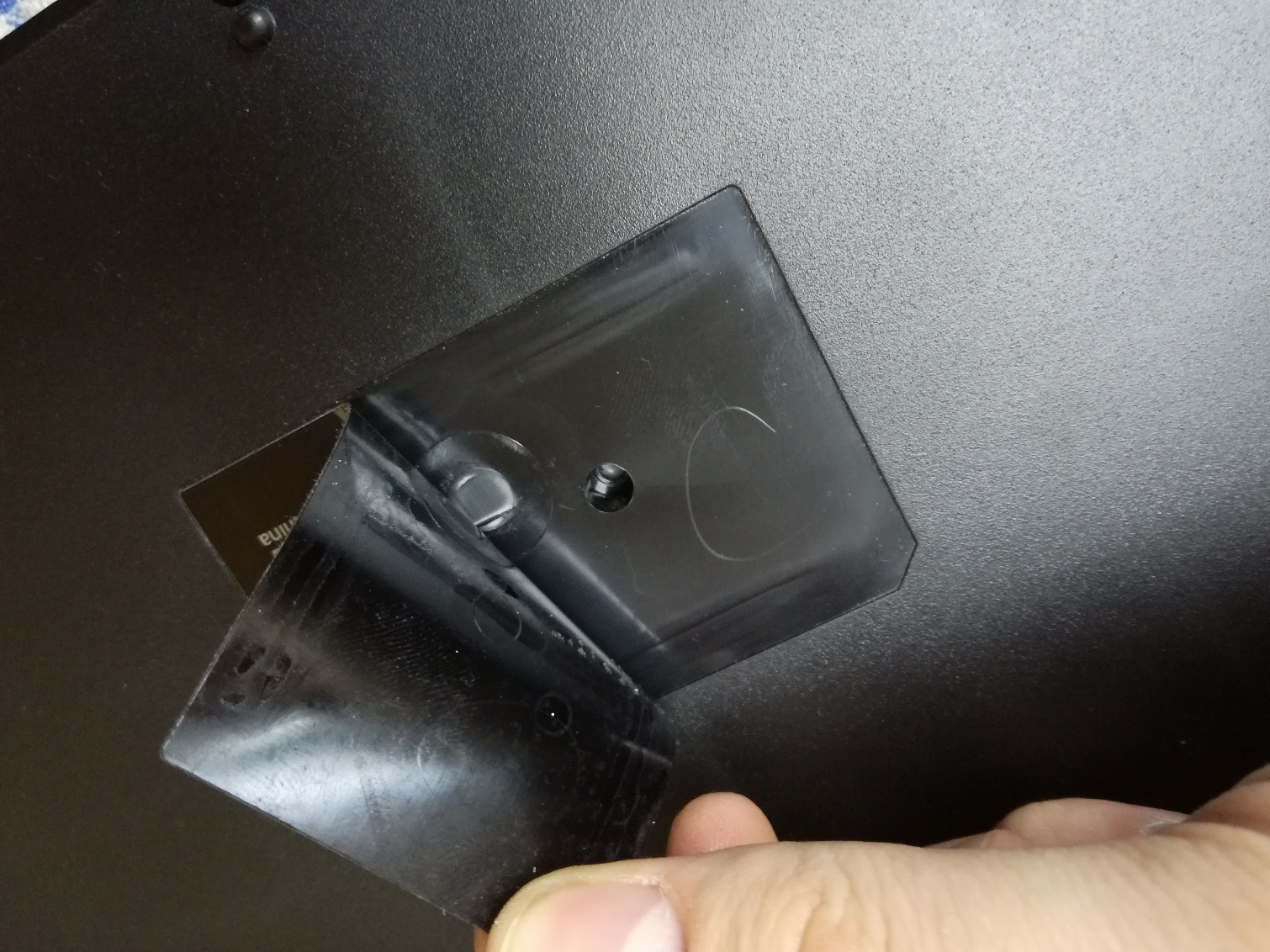
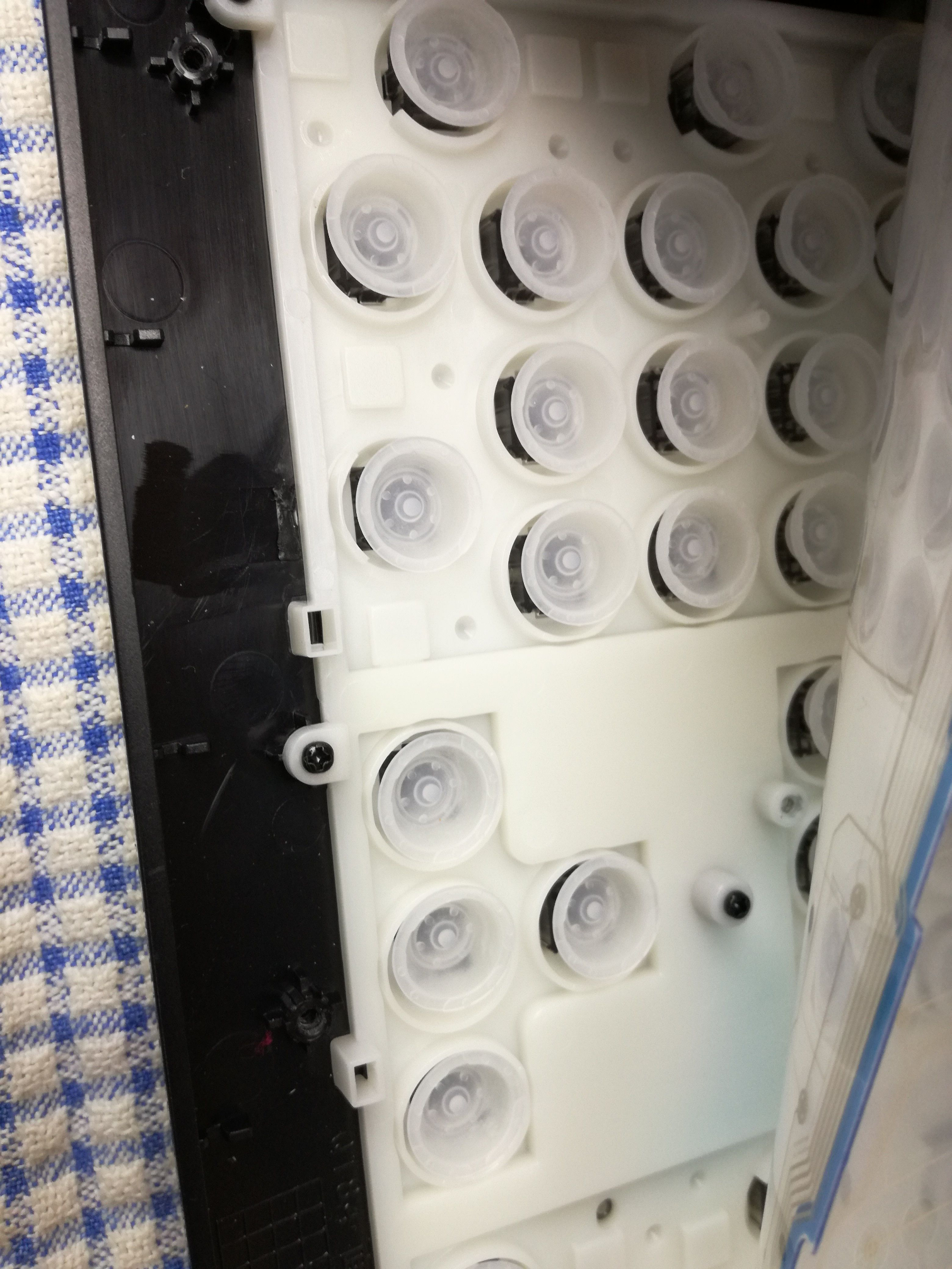
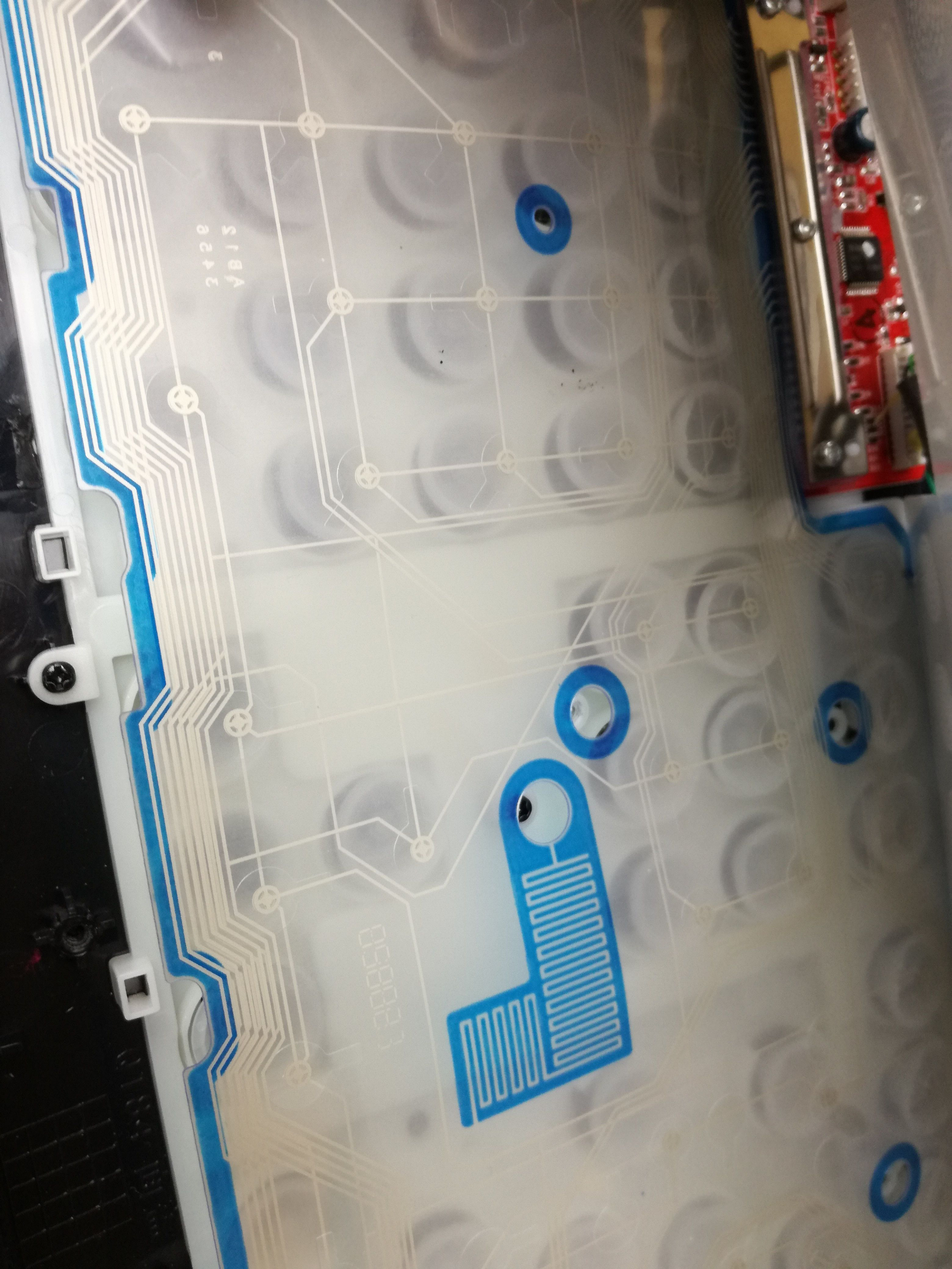
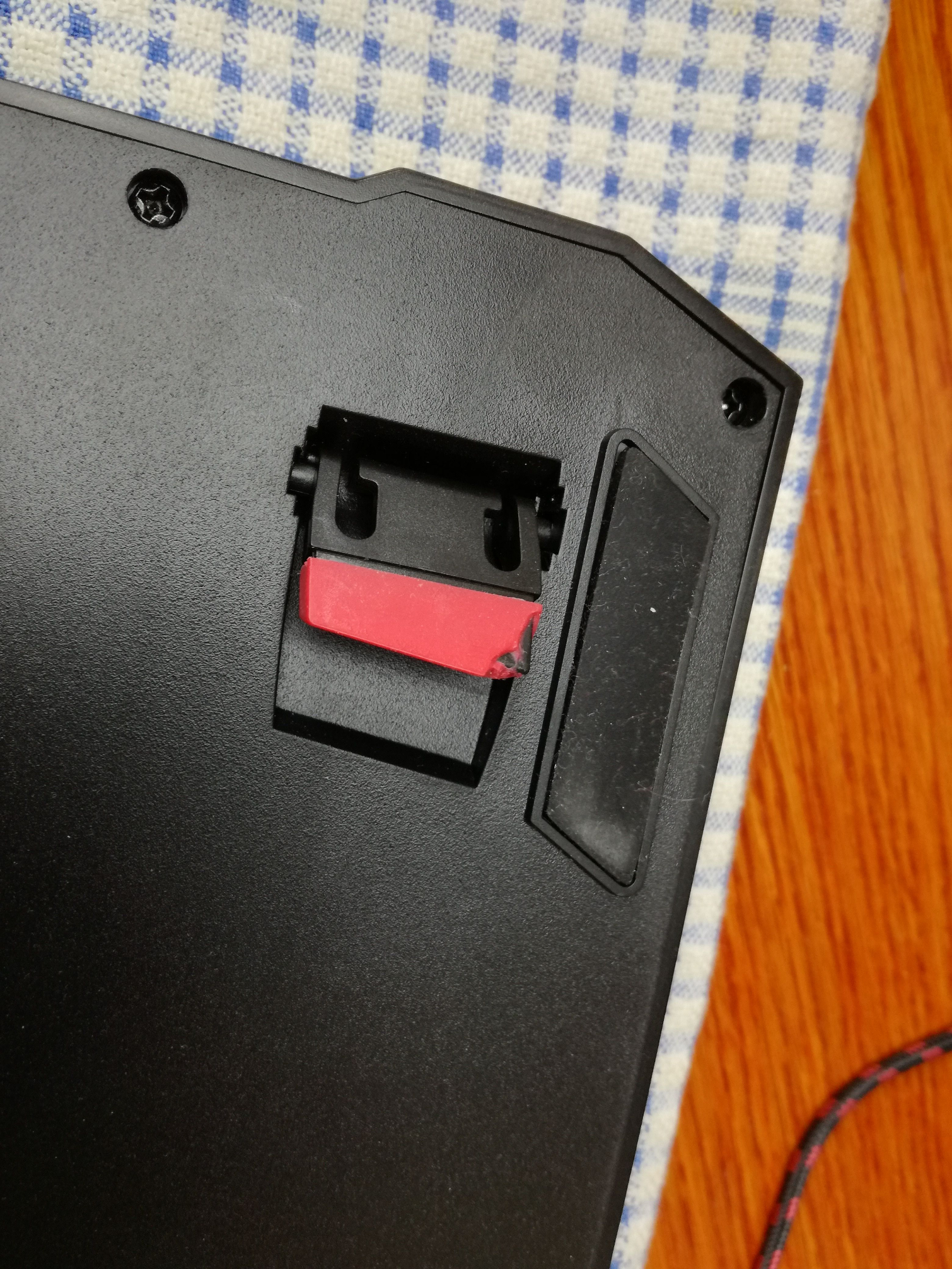
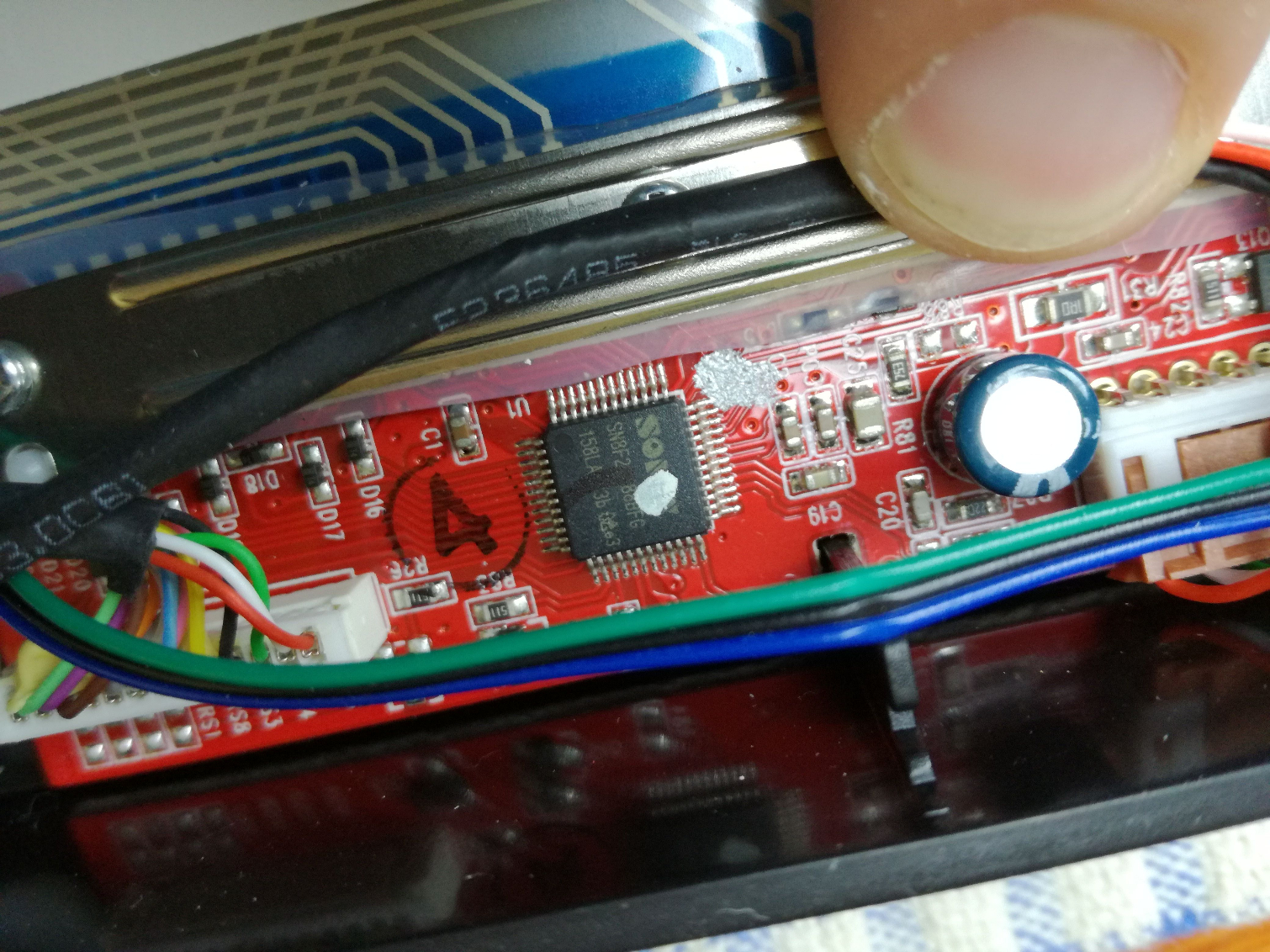
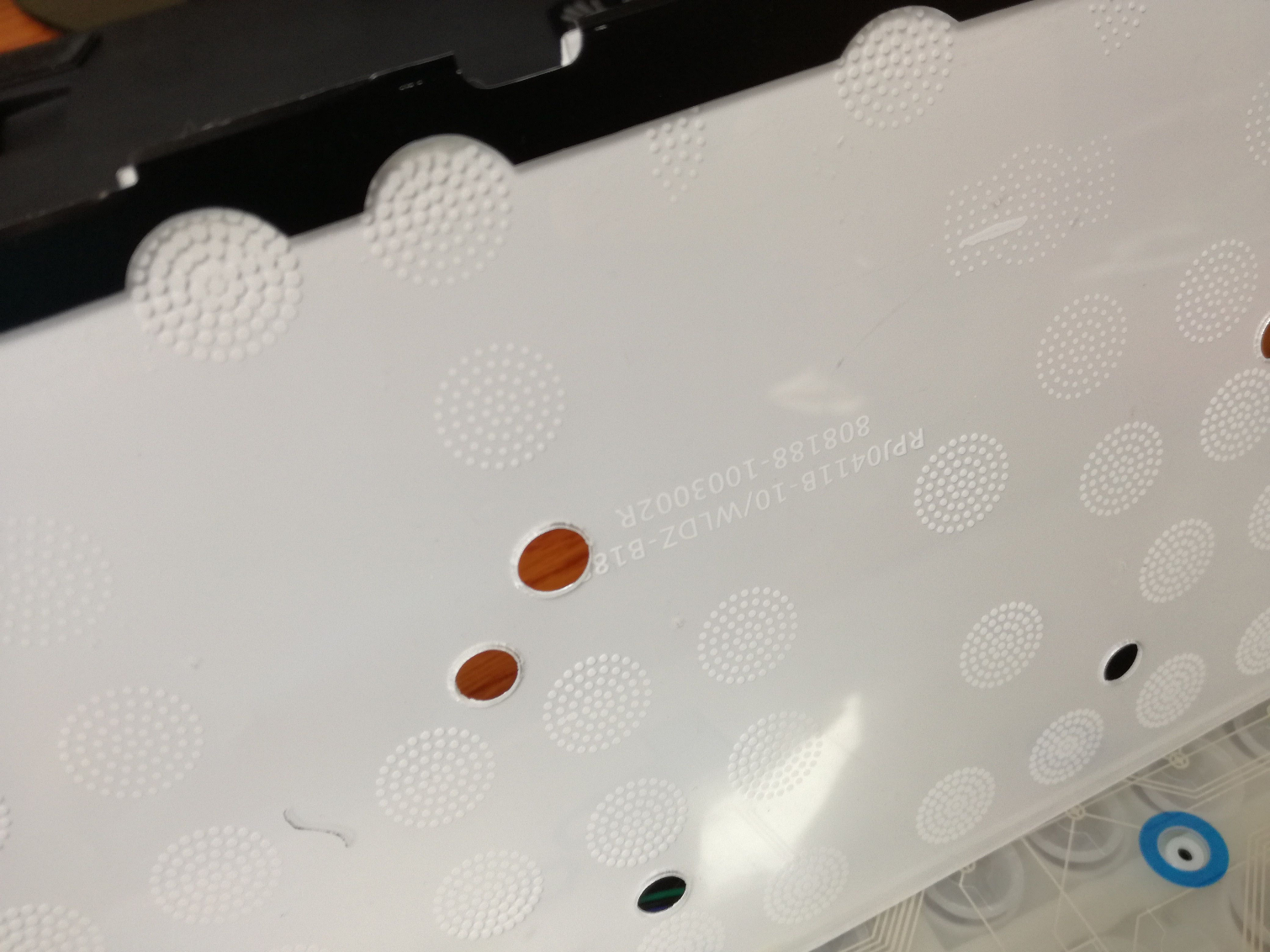
The flip-out feet (which are mounted sideways rather than vertically) are rubber-shod to aid with stability. It’s a nice feature that helps prevent the keyboard from slipping. However, the rubber used is rather hard, and after just a week or so of use, one of the feet on ours had partially crumbled.
As you can guess from the B188’s low weight for a fullsize keyboard (under one kilogram), there are no metal plates present in the keyboard, and very little in the way of added rigidity or structural integrity. At 2.5mm thickness, the plastic of the case is not the thinnest out there. Neither the strong flexing the keyboard displays when you twist it nor the all-plastic construction inspire much confidence in the build quality.
The B188 also features a “screw enhanced” spacebar, which is a feature we’d never heard of before. When we inquired about its purpose, Bloody responded that it was used for anti-knocking resistance purposes, which honestly didn’t help me much. After the teardown, it became clear that this boils down to the spring holders being screws rather than loose pegs, as is common on other spacebar designs. Regardless, it’s unclear to us how this design is beneficial.
Get Tom's Hardware's best news and in-depth reviews, straight to your inbox.
MORE: Best Deals
MORE: How We Test Mechanical Keyboards
MORE: Mechanical Keyboard Switch Testing Explained
MORE: All Keyboard Content